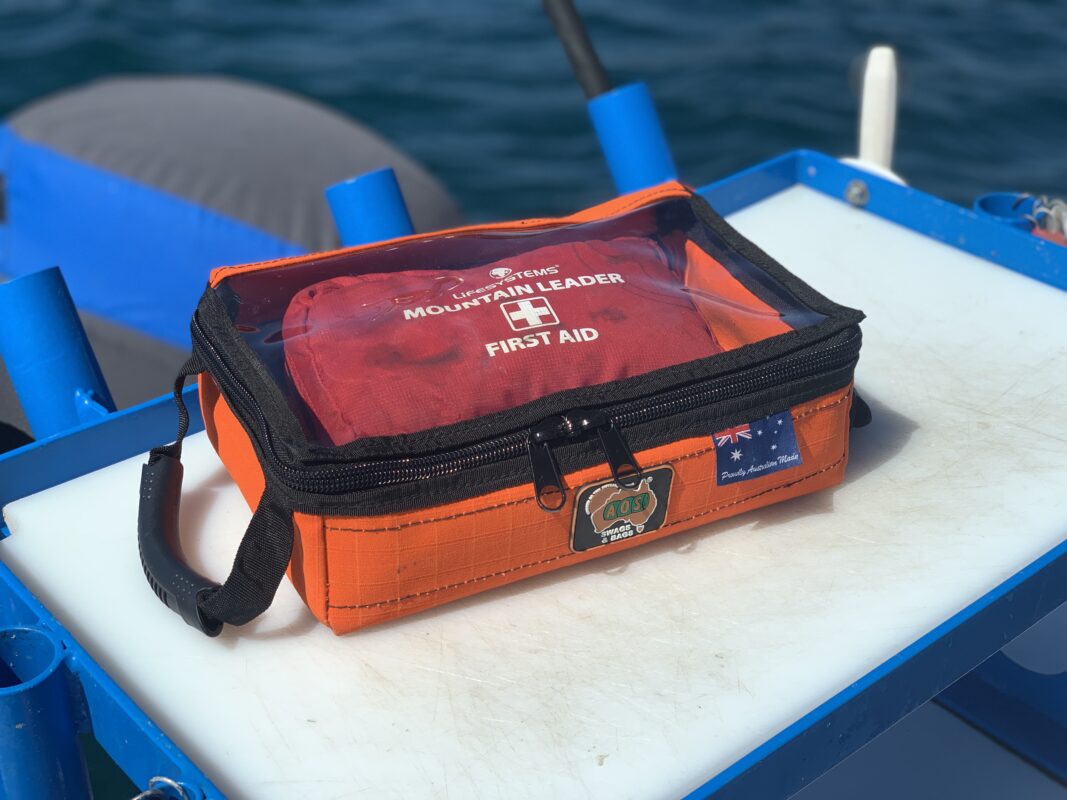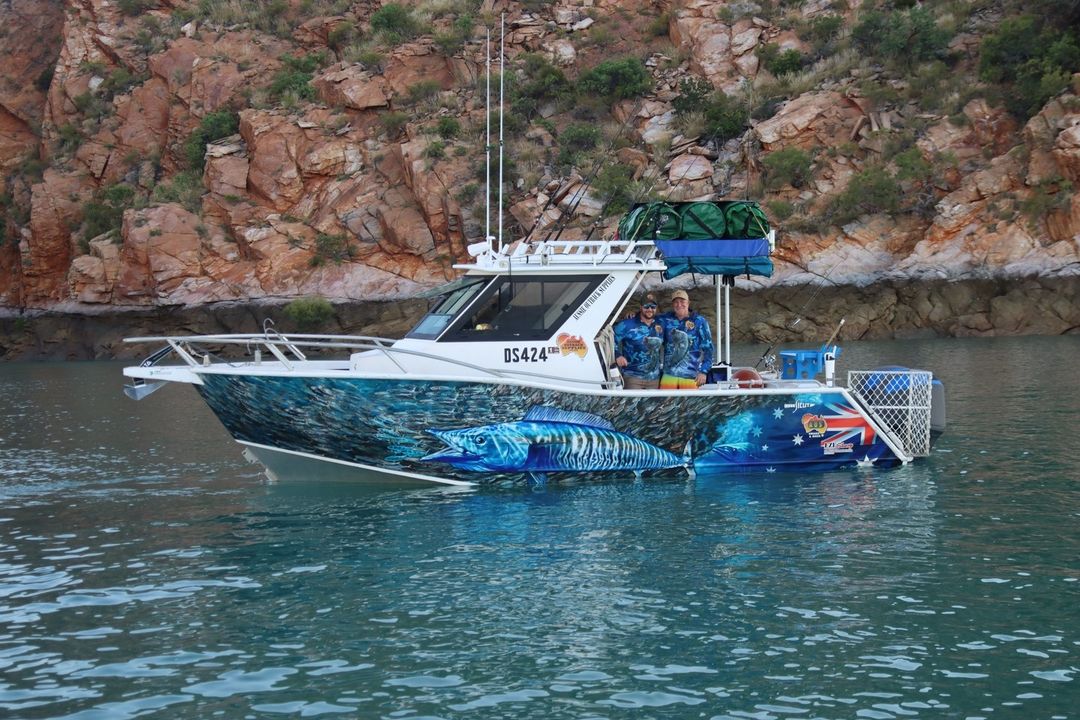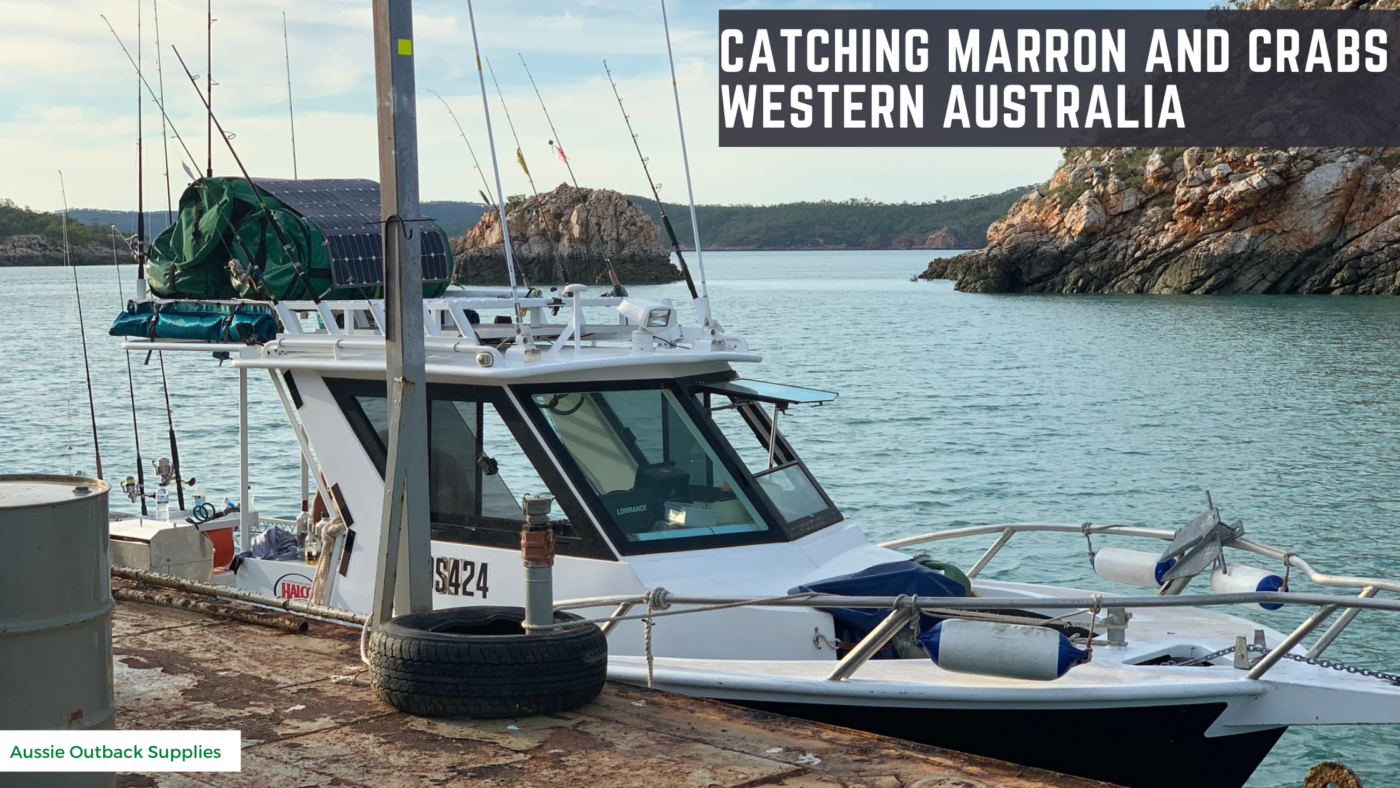Uncategorised
Catching Marron and Crabs in Western Australia
Catching marron and crabs in Western Australia can be a fun and rewarding experience, but it’s important to know the regulations and best practices before heading out. In this guide, we’ll cover everything you need to know to have a successful and sustainable marron and crab fishing trip in Western Australia.

First, it’s important to note that the appropriate Recreational Fishing and/or Fishing Boat license is required to fish for marron and crabs in Australia. These licenses can be purchased online, please check your laws as they change across Australia. Marron and Crabs are only allowed to be caught during certain times of the year using certain methods, please check your local laws before your trip.
When it comes to marron, the best time to catch them is during the warmer months, from October to April. Marron can be found in many of the rivers and dams in Western Australia, but the most popular locations include the Collie, Warren, and Donnelly Rivers, as well as Wungong Dam and Wellington Dam. The most common method of catching marron is by using a baited trap, which can be purchased or built at home.
Crab fishing in Western Australia is also best during the warmer months, from November to April. The most popular species of crabs to catch are the Blue Swimmer and the Sandy Crab. They can be found in estuaries, bays, and inlets all along the Western Australian coast. The most common method of catching crabs is by using a crab pot, which can also be purchased or built at home.
It’s important to note that there are size and bag limits in place for both marron and crabs. Be sure to check the regulations before heading out, as they can vary by location. Additionally, it’s important to release any undersized or female marron or crabs back into the water, in order to help maintain the sustainability of the population.
When fishing for marron and crabs, it’s also important to be aware of and follow all safety guidelines. Always wear appropriate clothing and shoes, and be sure to bring necessary safety equipment, such as a life jacket and a first aid kit.

Overall, marron and crab fishing in Western Australia can be a fun and enjoyable activity, but it’s important to be aware of the regulations and to practice sustainable fishing techniques. With the right equipment, knowledge, and safety precautions, you can have a successful and responsible marron and crab fishing trip in Western Australia.
Please note that the information provided in this guide is general in nature, and it is always a good idea to consult with the local authorities or a professional before going out. Regulations and rules change over time, so always check the most recent laws and regulations to avoid any penalties.
Caring for marron and crab nets involves regularly checking and maintaining the nets to ensure they are in good condition and able to effectively catch crustaceans. Here are a few tips for caring for marron and crab nets:
- Inspect the net for holes or tears and repair or replace as necessary.
- Check the knots and ties on the net to ensure they are secure and not frayed.
- Clean the net of any debris, such as weeds or shells, that may have become tangled in the mesh.
- Use an AOS marine drop net bag as a protector when the nets aren’t in use.
- Regularly check your crab or marron trap to ensure that they are not overpopulated and ensure there is enough oxygen in the water.
- Follow all the regulations regarding the season and size limit of the crab or marron.
In addition, it’s important to be mindful of conservation efforts when fishing for crustaceans, by keeping the bycatch to a minimum and release any non-target species that are caught unharmed.

The AOS Drop Net backpack is made in Australia with the Australian environment in mind! With its slim and easy to pack design it can be easily stored out of the way on any boat or vehicle fir transport. It has a strong grab handle on the top for easy carry or if you come across some tricky terrain on your treck back, can be worn as a backpack. Made from heavy duty PVC material, it will survive anything you throw at it during your trip!


